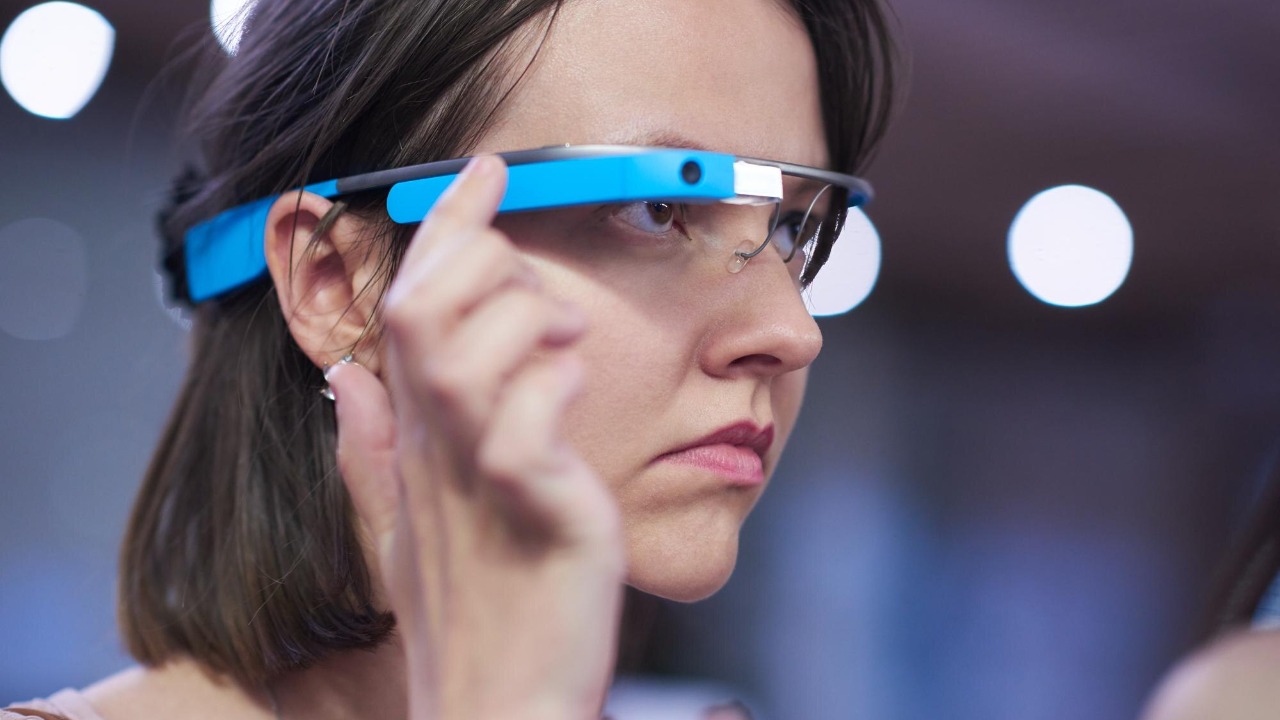
In a groundbreaking clinical trial, a group of legally blind individuals have regained the ability to read short sentences, thanks to a combination of retinal implants and augmented-reality glasses. This innovative approach, developed by Science Corporation and tested at the University of California, San Francisco (UCSF), has shown promising results, with participants identifying letters and words with up to 86% accuracy after training. This marks a significant advancement in the field of vision restoration, particularly for those suffering from age-related macular degeneration.
The PRIMA Implant Technology
The PRIMA implant, a 2mm-wide device equipped with 378 electrodes, is surgically placed under the retina. It operates by stimulating the remaining cells in the macular region, converting projected light patterns into neural signals. This photovoltaic design eliminates the need for an external power source, making it a self-sufficient solution for vision restoration. The implant specifically targets conditions like age-related macular degeneration (AMD) that cause outer retinal degeneration.
The surgical procedure to implant the device is minimally invasive and can be completed under local anesthesia in approximately 45 minutes per eye. The trial participants, who had lost their central vision but retained some inner retinal cells, experienced no serious complications during the 15-month follow-up period after the implantation.
Pairing Implants with Augmented-Reality Glasses
Science Corporation has also developed custom augmented-reality (AR) glasses that work in tandem with the PRIMA implant. These glasses project high-contrast pixelated images onto the implant at a rate of 70 frames per second using near-infrared light, which is invisible to the naked eye. This technology enables real-time transfer of visual information, effectively bridging the gap between the implant and the user’s perception.
The AR glasses are calibrated using a software training process, during which participants spend 15 hours over three weeks learning to interpret the 400-pixel resolution field of view. The training progresses from identifying individual letters to recognizing words and short sentences. The glasses are designed for daily wear and weigh just 55 grams, with a battery life that supports up to 4 hours of continuous use.
Trial Design and Participant Selection
The PRIMA-USA trial at UCSF was a prospective, single-arm study that enrolled five participants aged between 60 and 85. All participants suffered from advanced dry AMD and had no light perception in their better-seeing eye. The trial was conducted from March 2021 to October 2022.
Participants were selected based on specific criteria: they had to have a visual acuity worse than 1.0 logMAR in both eyes due to geographic atrophy, with preserved inner retinal layers confirmed by optical coherence tomography, and no other ocular diseases. All five participants received implants in their worse-seeing eye first, followed by the better eye after a 4-week recovery period. The primary endpoints of the trial were safety measures, with secondary outcomes focusing on reading performance.
Key Results on Reading and Visual Function
After 10 months, four out of the five participants achieved reading speeds of 16 to 70 words per minute with 70-86% accuracy on short sentences. These results, measured by the Radner Reading Charts, surpassed the natural vision thresholds for low-vision aids. For instance, one participant, referred to as “P1”, was able to read at 70 words per minute with 86% accuracy, while another participant, “P5”, reached 16 words per minute with 70% accuracy.
Dr. Daniel Palanker, the lead researcher from Stanford University, highlighted the significance of these results, stating, “This is the first time we’ve restored reading ability in blind patients using a wide-field implant.” This focus on functional outcomes, rather than basic light perception, marks a significant shift in the approach to vision restoration.
Challenges and Limitations of the Trial
Despite the promising results, the trial had its limitations. The small sample size of five participants limits the generalizability of the findings. Additionally, one participant dropped out due to unrelated health issues, and individual responses varied based on retinal health. Technical limitations also exist, such as the implant’s 400-pixel resolution, which restricts fine detail perception to reading but not facial recognition. Participants also need to rely on the glasses, with training durations varying from 10 to 20 hours per participant.
Minor adverse events were reported, including conjunctival hemorrhage in two cases and transient phosphenes in all participants. However, these issues resolved without intervention, and there were no device failures over the 15-month period.
Future Implications and Next Steps
Looking ahead, Science Corporation plans to refine the PRIMA implant’s electrode density to 1,000 pixels in the ongoing PRIMA France trial, which involves 38 participants. This refinement aims to broaden the scope of vision restoration. The technology also has potential applications for other conditions like retinitis pigmentosa. With the FDA breakthrough designation granted in 2019, commercialization of the technology is targeted for 2026.
Dr. Michael Keilmann, CEO of Science Corporation, emphasized the patient-centered approach of the development, stating, “We’re bridging the gap between lab and real-world impact, with user feedback driving iterations for independent living.” This underscores the commitment to improving the quality of life for those affected by vision loss.
More from MorningOverview